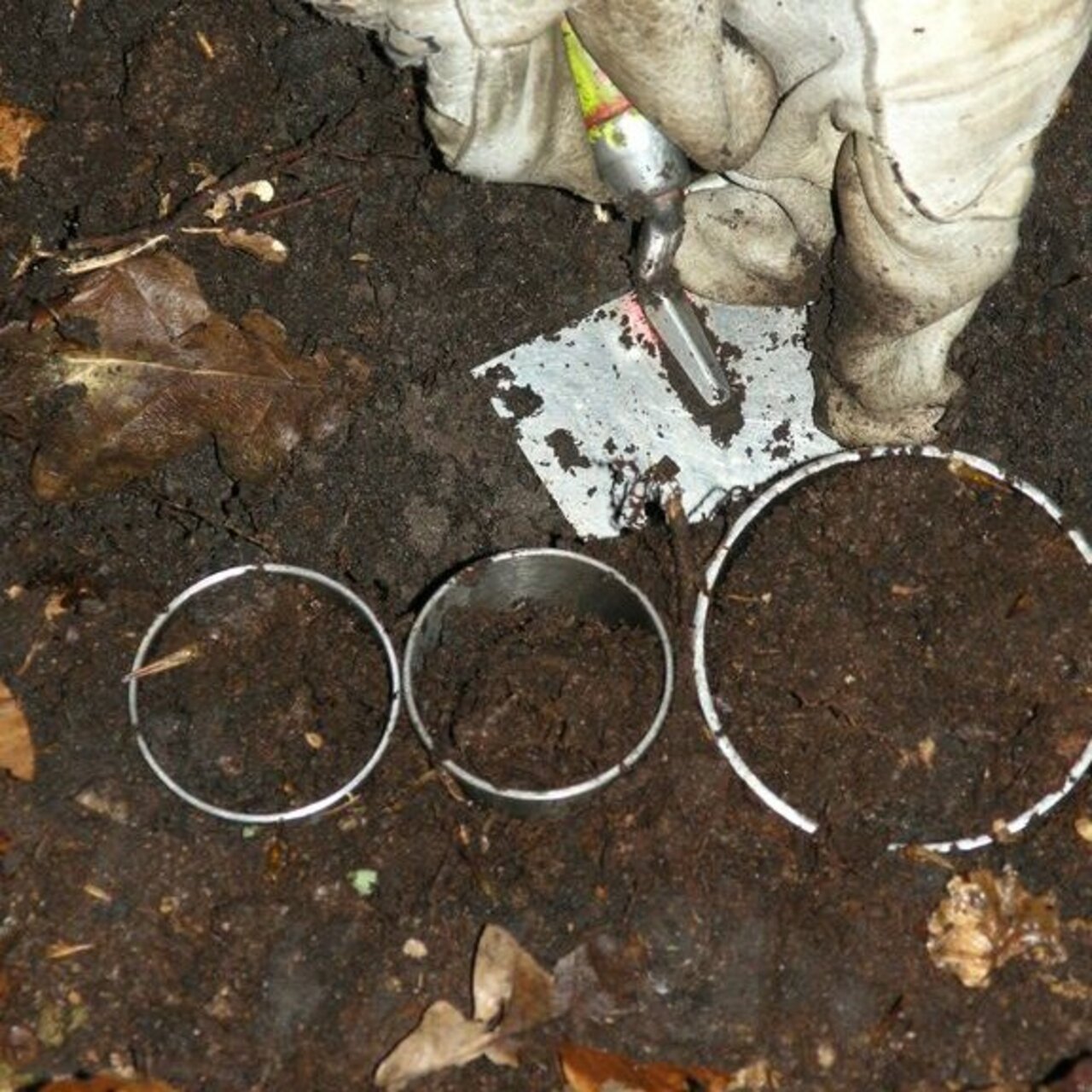Project
National Forest Soil Inventory in Germany – Data quality and data management

National Forest Soil Inventory in Germany – Data harmonization, evaluation and quality management
Is it possible to understand time series without using metadata? Sustainable data management ist the key to apprehend scientific datasets. Within the National Forest Soil Inventory (BZE) we established a system of sustainable data management to provide the comparability of BZE I and BZE II data.
Background and Objective
The conditions of forest soils, foliage and vegetation in Germany are assessed within the National Forest Soil Inventory (BZE). The BZE is a nationwide survey on a systematic 8 km x 8 km grid. First BZE inventory was carried out from 1987-1993 on about 1900 forest plots, the second inventory followed between 2004 and 2008 on about 1800 plots. Field assessment and sample analysis were conducted by the federal states. The Thuenen-Institute for Forest Ecosystems (TI-WO) in Eberswalde coordinates the BZE and is the centre of the national data base. In our PostgreSQL data base we store primary data and metadata of BZE, respectively. The evaluation of BZE data is a joint and interdisciplinary project of TI-WO and forest unites of the federal states as well as further Federal Research Institutes (UBA, BGR) and universities. The high number of collaborating teams, the interdisciplinary approach and methodical changes over time make it crucial to take special instruments for data harmonization and quality assessment and control (QA/QC). One of the main tool of the nationwide QA/QC is the interlaboratory test. The BZE laboratories - each represent a federal state - analysed standardized soil and foliage material accordingly to the BZE guidelines. The results of the test were used to determine the uncertainty and replication rate of the analysis. All QA/QC actions are coordinated by the Commission of Forestry Analysis (GAFA). The project handle also with the methodical changes over time. Shifting in sampling grid, advancements in sampling and laboratory analysis caused data harmonization and transformation in the national database. Goal of the project is it to store and document the primary data and metadata of the BZE sustainable.
Approach
- Development of BZE server based national database with connection to the Internet
- Research and documentation of all information about the sampling and analysis methods were conducted by the federal states within the BZE
- The result of BZE QA/QC tools were used to transform and harmonize BZE I and BZE II data
- Appropriation of BZE datasets for the team of evaluation
- Online publication of BZE metadata for the team of evaluation
- Print publication of BZE metadata
Thünen-Contact

Involved Thünen-Partners
Duration
2.2009 - 3.2018
More Information
Project status:
finished
Publications
- 0
Höhle J, Bielefeldt J, Dühnelt P, König N, Ziche D, Eickenscheidt N, Grüneberg E, Hilbrig L, Wellbrock N (2018) Bodenzustandserhebung im Wald - Dokumentation und Harmonisierung der Methoden. Braunschweig: Johann Heinrich von Thünen-Institut, 542 p, Thünen Working Paper 97, DOI:10.3220/WP1526989795000

![[Translate to English:] [Translate to English:]](/media/_processed_/9/2/csm_Allgemein_Thueringen_Hainich_Mischwald_Bolte_2__19d9dab56a.jpg)
![[Translate to English:] [Translate to English:]](/media/_processed_/d/2/csm_100_0001_0013_c05c63e7db.jpg)





